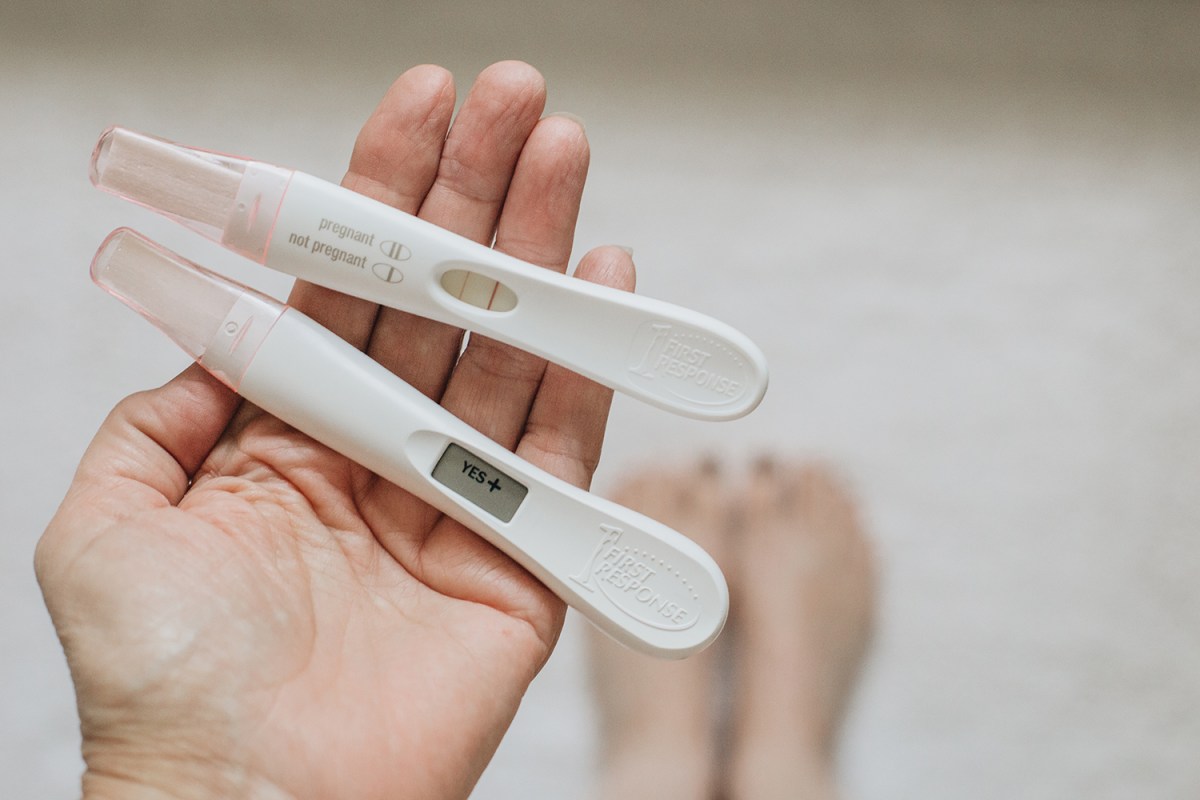
Very Early Pregnancy Detection: A Comprehensive Guide
Introduction
The ability to detect pregnancy early on is crucial for timely prenatal care and informed decision-making. Very early pregnancy detection methods have evolved significantly in recent years, offering women greater convenience and accuracy. This article provides a comprehensive guide to very early pregnancy detection, exploring the available methods, their accuracy, and potential limitations.
Hormonal Changes in Early Pregnancy
Pregnancy triggers a cascade of hormonal changes, primarily involving the production of human chorionic gonadotropin (hCG). hCG is a hormone produced by the developing placenta and is detectable in the urine and blood shortly after implantation.
Urine Pregnancy Tests
Urine pregnancy tests are the most common method of very early pregnancy detection. These tests measure the presence of hCG in the urine. They are available over-the-counter and can be performed at home.
Types of Urine Pregnancy Tests:
- Strip tests: These tests involve dipping a test strip into a urine sample. A positive result is indicated by the appearance of one or two lines on the test strip.
- Cassette tests: These tests use a cassette with a test window. A urine sample is added to the cassette, and a positive result is indicated by the appearance of colored lines in the test window.
- Digital tests: These tests provide a digital display of the result, such as "Pregnant" or "Not Pregnant." They are more expensive than strip or cassette tests but offer greater accuracy and ease of interpretation.
Accuracy of Urine Pregnancy Tests:
Urine pregnancy tests vary in their sensitivity, which determines the minimum level of hCG that can be detected. More sensitive tests can detect pregnancy earlier than less sensitive tests. The accuracy of urine pregnancy tests is generally high, with most tests claiming accuracy rates of over 99%. However, false positives and false negatives can occur.
Blood Pregnancy Tests
Blood pregnancy tests measure the level of hCG in the blood. They are more sensitive than urine pregnancy tests and can detect pregnancy even earlier. Blood pregnancy tests are typically performed in a doctor’s office or laboratory.
Types of Blood Pregnancy Tests:
- Quantitative hCG test: This test measures the exact amount of hCG in the blood. It can be used to monitor the progression of pregnancy and diagnose potential complications.
- Qualitative hCG test: This test simply detects the presence or absence of hCG in the blood. It is less precise than the quantitative test but can still be used to confirm pregnancy.
Accuracy of Blood Pregnancy Tests:
Blood pregnancy tests are highly accurate, with accuracy rates exceeding 99%. They are the most reliable method of very early pregnancy detection.
Other Methods of Very Early Pregnancy Detection
In addition to urine and blood tests, other methods can be used to detect pregnancy very early on:
- Transvaginal ultrasound: This type of ultrasound uses a probe inserted into the vagina to visualize the uterus and ovaries. It can detect a gestational sac as early as 5-6 weeks of pregnancy.
- Cervical mucus: Changes in cervical mucus can indicate pregnancy. During early pregnancy, cervical mucus becomes thicker and more elastic, known as the "ferning" pattern.
- Basal body temperature: A slight increase in basal body temperature can occur during early pregnancy. However, this method is less reliable than other methods.
Limitations of Very Early Pregnancy Detection
While very early pregnancy detection methods have improved significantly, certain limitations should be considered:
- False positives: Urine pregnancy tests can sometimes produce false positives, especially if they are taken too early or if the test is faulty.
- False negatives: Urine pregnancy tests can also produce false negatives, particularly if they are taken too early or if the hCG levels are low.
- Timing: The timing of pregnancy detection depends on the sensitivity of the test and the individual’s hCG production. Some tests can detect pregnancy as early as 10 days after ovulation, while others may require several weeks.
Conclusion
Very early pregnancy detection methods offer women the ability to confirm pregnancy early on and make informed decisions about their healthcare. Urine pregnancy tests are the most common and convenient method, while blood pregnancy tests provide the highest accuracy. Other methods, such as transvaginal ultrasound and cervical mucus observation, can also be used to detect pregnancy early. It is important to consider the limitations of these methods and consult with a healthcare professional for accurate interpretation of results.